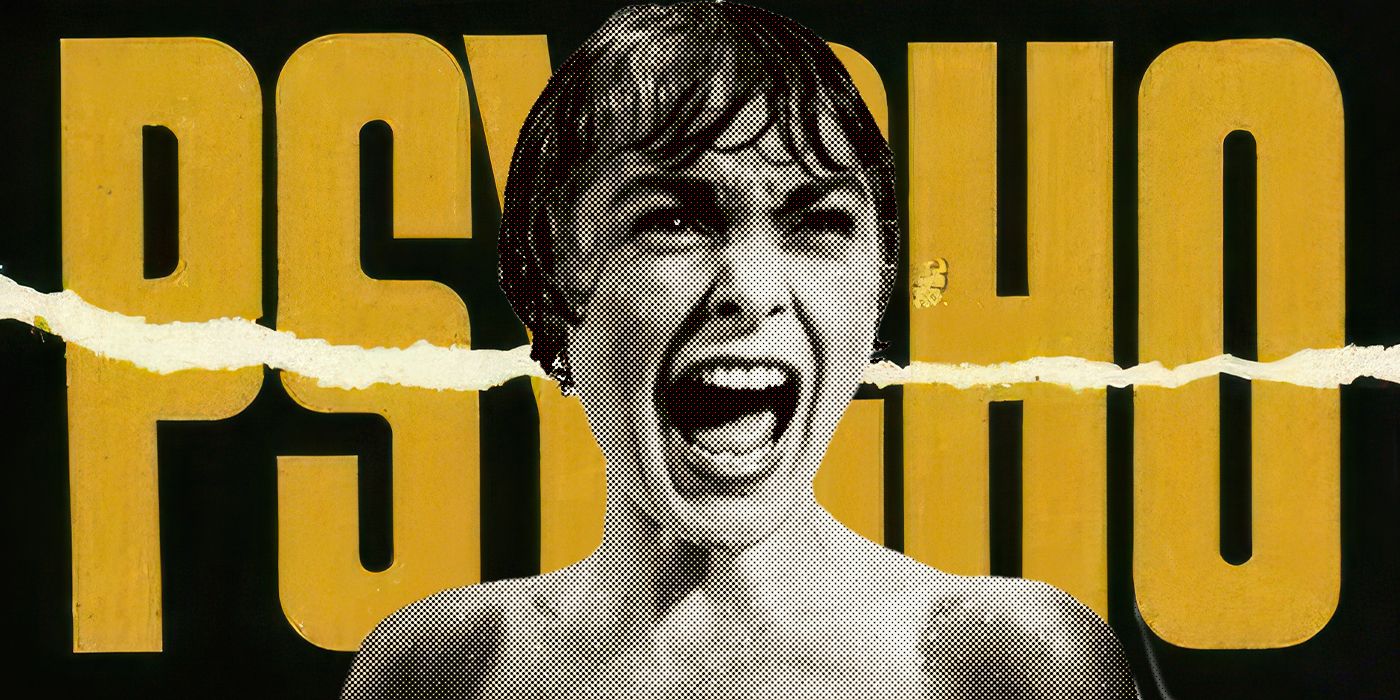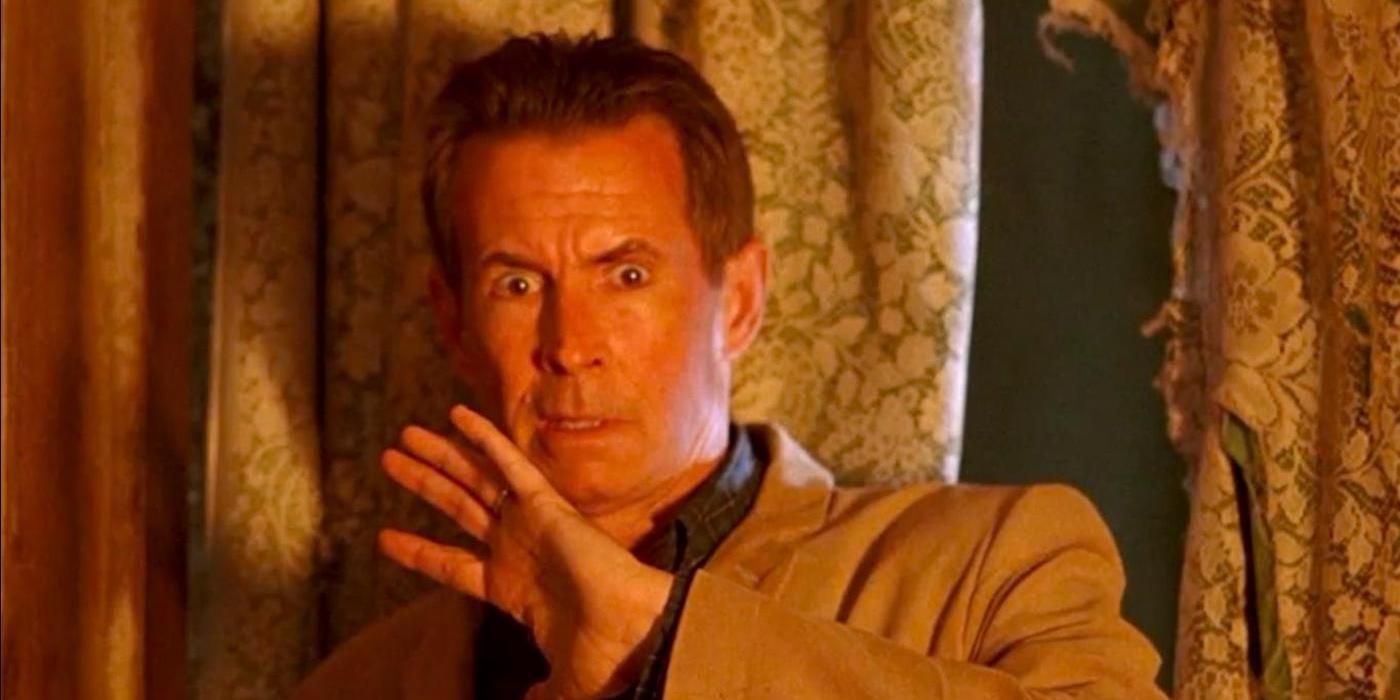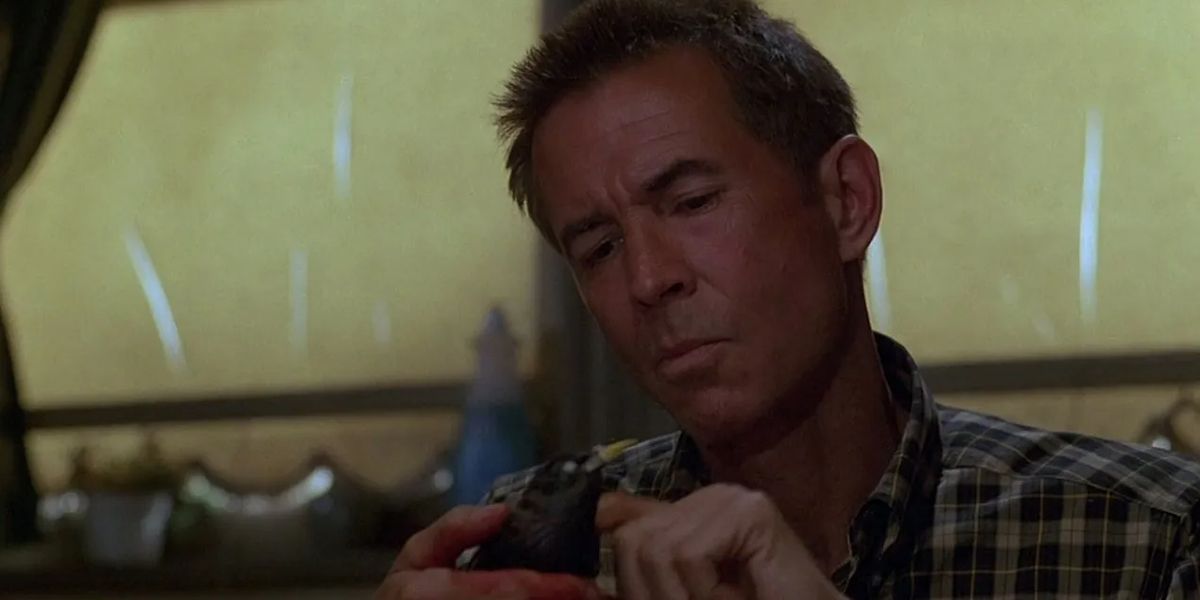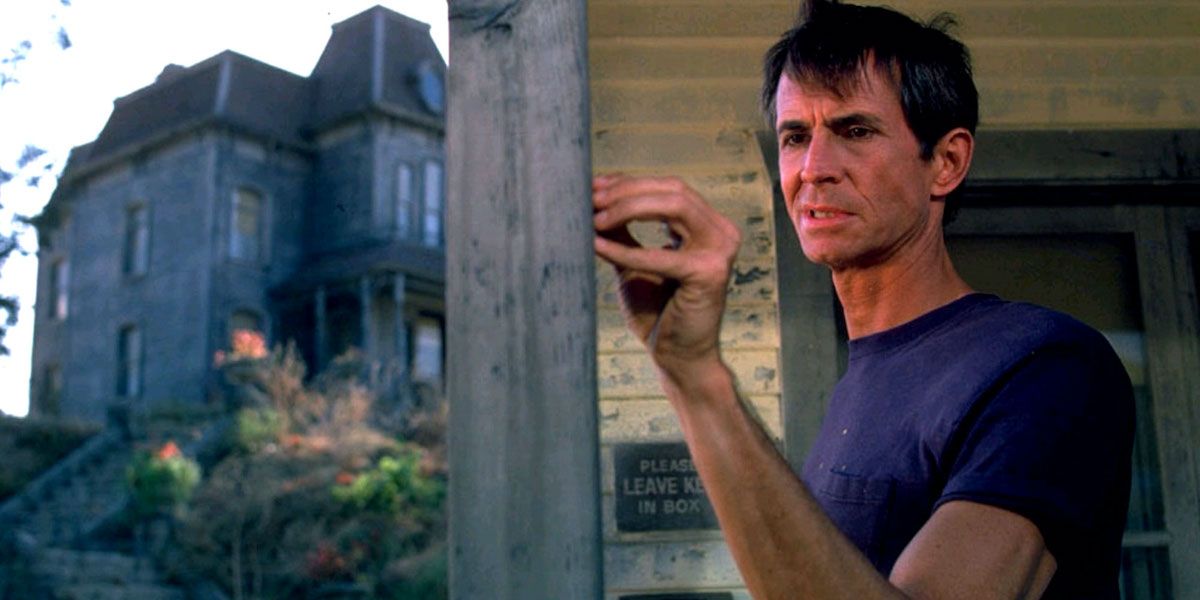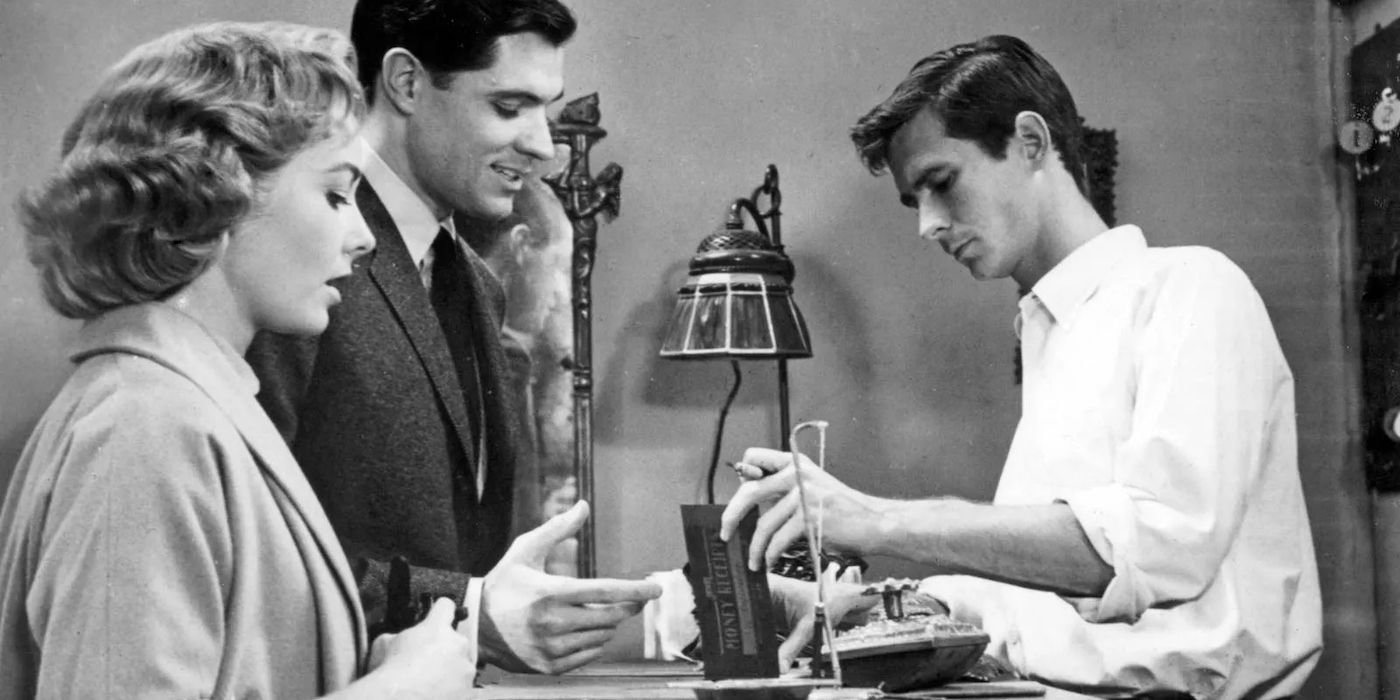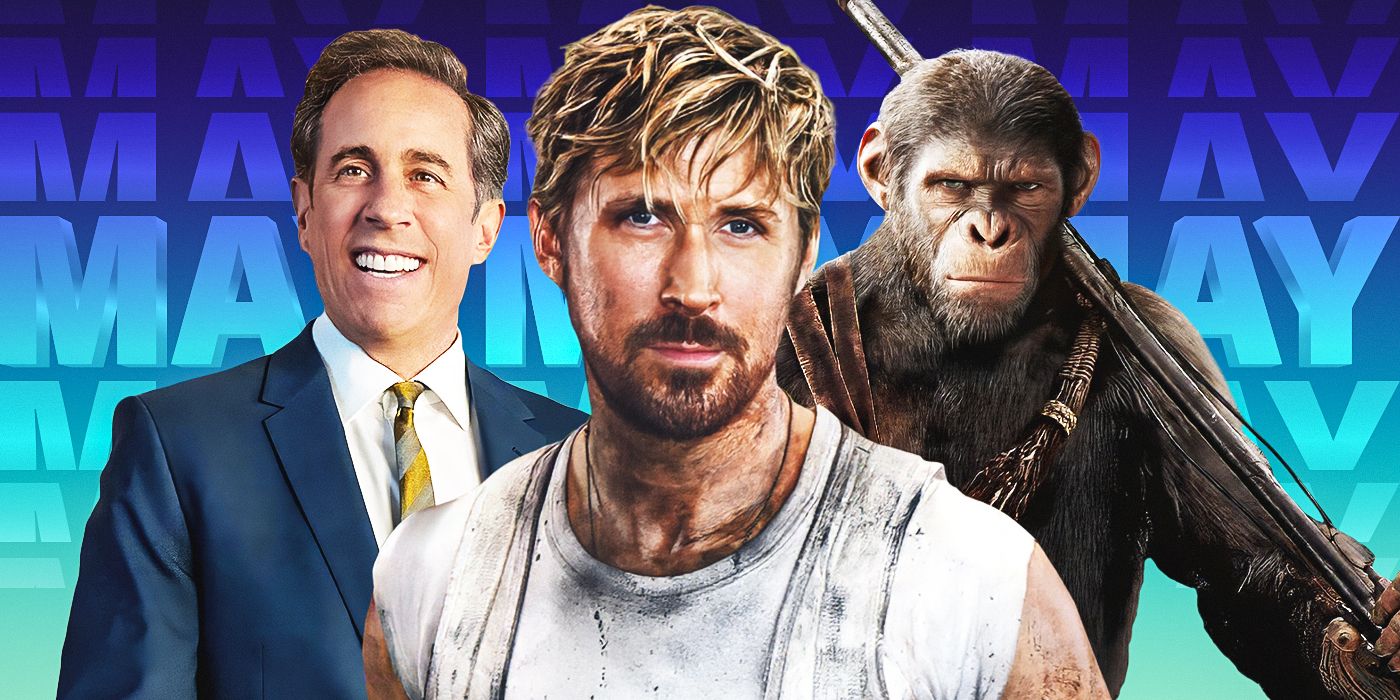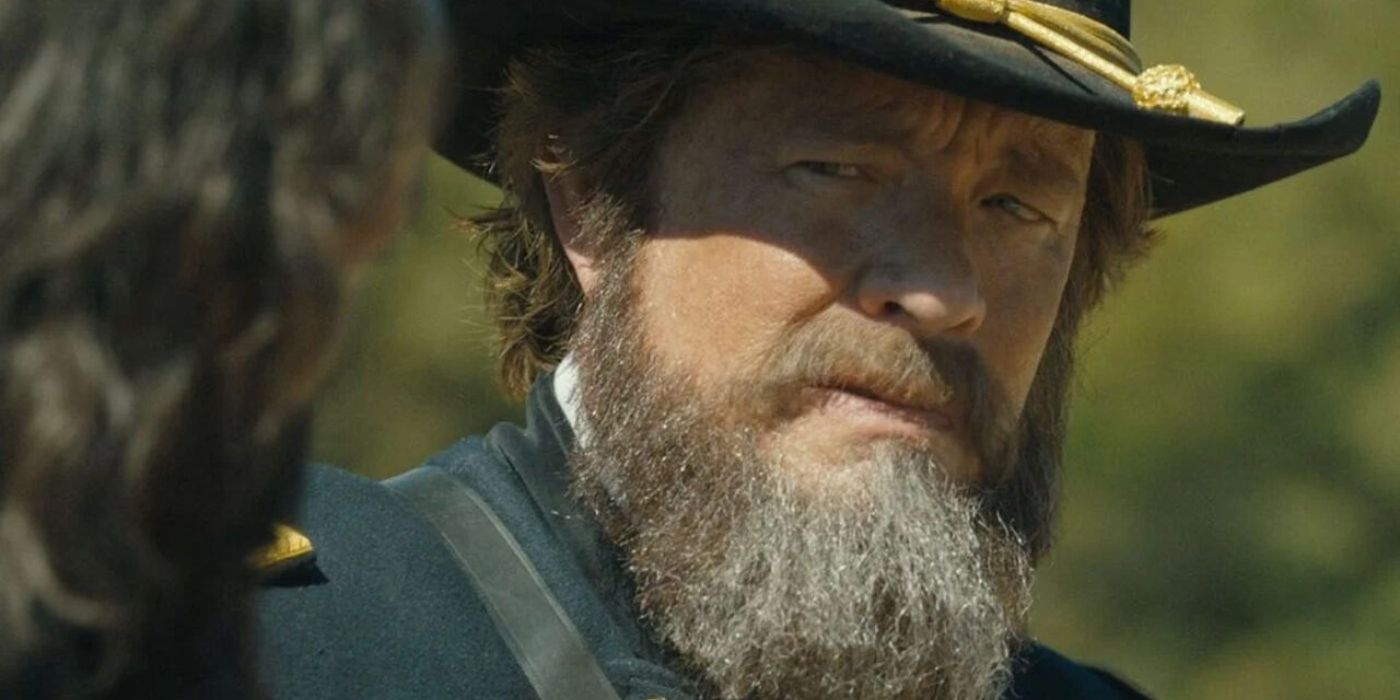Few films changed the course of movie history quite like Alfred Hitckcock’s 1960 horror film Psycho. While scary movies had been popular within the science fiction and fantasy genres since the beginning of cinema, Hitchcock presented a far more realistic version of evil; what if your neighbor was also a psychopath? Although horror experts debate whether Psycho falls into the same category as other “slasher movie” franchises like Halloween, A Nightmare On Elm Street, Friday the 13th, or The Texas Chain Saw Massacre, it’s hard not to note their similarities. Would John Carpenter have been able to capture the same fear of the unknown in the original Halloween if it wasn’t for the template that Hitchcock had established over a decade prior with Psycho?
What’s fascinating is that the Psycho franchise completely changed over the course of its sequels. While attempting a “legacy sequel” to a beloved classic over two decades since its initial release sounds like the recipe for a disaster, the Psycho franchise has impressively been able to continue the story of Norman Bates (Anthony Perkins) in interesting ways. Norman may have started off the franchise as the main villain, but over the course of three sequels, his morality is called into question. Is Norman a victim, a victor, or a villain? Even Gus Van Sant’s critically derided remake had something interesting to say about the character. Here is every Psycho movie, ranked by scariness.
5 ‘Psycho’ (1998)
Gus Van Sant is certainly a talented filmmaker who is known for pushing the boundaries of the medium in creative ways; while films like Gerry and Drugstore Cowboy are more “experimental” than they are “entertaining,” they certainly indicate that Van Sant is interested in challenging his audience. This may have informed his decision to remake Hitchcock’s original classic shot-for-shot. While his 1998 remake of Psycho adds color, graphic violence, and more explicit sexual content to Hitchcock’s original film, it’s far less scary. Hitchcock had proven that “less is more” when hinting at violence. The more visible scares in Van Sant’s Psycho aren’t nearly as effective.
While it’s easy to discount Van Sant’s Psycho simply for its lack of originality, the film is certainly an interesting cinematic experiment that questions why the original film worked in the first place. It’s certainly more interesting to dissect than many of the shot-for-shot remakes of animated classics that Disney has produced in recent years.
4 ‘Psycho IV: The Beginning’ (1990)
A new generation got hooked on the story of Norman Bates through the Bates Motel drama series, which featured Freddie Highmore as a younger version of Norman. However, Bates Motel actually wasn’t the first Psycho prequel. Mick Garris’ 1990 television film Psycho IV: The Beginning essentially served as The Godfather: Part II of the Psycho franchise; it intertwined flashbacks featuring a younger Norman (Henry Thomas) during the 1950s with scenes featuring Perkins’ version of the character in the aftermath of Psycho III. As the older Norman is interviewed on a talk show, he reflects upon the series of abuse that he suffered as a child.
A largely forgettable television movie didn’t necessarily do justice to the legacy of the Psycho saga, but it nonetheless closed the chapter on Norman’s story. While the scenes featuring an older Norman featured many generic scares that felt too similar to the previous films in the series, the flashbacks do help provoke empathy for Norman, making him a more interesting character.
3 ‘Psycho III’ (1986)
No one knows more about the character of Norman Bates than Perkins, so it made sense that he would want to try his hand directing an installment in the series. While Psycho II had been more slow and dramatic in its narrative construction, Psycho III embraced the absurdism that was popular during this decade of horror. This doesn’t make Psycho III a bad movie; it just makes it feel closer to a Friday the 13th sequel than a continuation of one of the greatest horror films of all-time.
Psycho III picks up with an aging Norman, who has fallen in love with the suicidal nun Maureen Coyle (Diana Scarwid). Although at first it appears that Norman may be on the path to redemption, Perkins amps up the scariness once it’s revealed that insidious forces are at play to unleash the “psycho” within Norman. The film creates tension because the audience does not want to see Norman return to his old ways.
2 ‘Psycho II’ (1983)
Psycho II is both one of the weirdest and most original versions of a “legacy sequel” that has ever been made. While many modern sequels such as Halloween or Terminator: Dark Fate simply bring back old cast members for the sake of nostalgia, Psycho II wasn’t interested in simply replicating what Hitchcock had already accomplished. Richard Franklin’s 1983 sequel picks up with Norman over two decades after he was imprisoned at the end of the original 1960 film. Norman now seeks redemption as the owner of a refurbished Bates Motel. However, he’s unaware that Lily Loomis (Vera Miles), the sister of his original victim Marion Crane (Janet Leigh), seeks revenge on him.
Psycho II is absolutely fascinating as a character study. The film was able to update Hitchcock’s original text with a more progressive examination of mental health trauma, as it didn’t view Norman’s condition as a source of scares. However, the film does create many creepy scenarios as the voice of Norman’s “mother” calls to him from his subconscious. The tension revolves around whether Norman will unleash his alternate persona and once again start a killing spree.
1 ‘Psycho’ (1960)
While the sequels have all done interesting things with the character, nothing can top what Hitchcock did with the original Psycho. It’s hard to overstate how important the “shower sequence” was to the history of horror cinema; Hitchcock introduced the idea that threats could come from anywhere, even environments that are typically considered to be safe. Films about more real-life killers like Se7en and Silence of the Lambs owe a debt to the practical horror that Hitchcock created with Psycho.
The film’s brilliance is creating characters that the audience is invested in. The viewers had already learned to empathize with Marion prior to her demise; once she’s killed, it feels like no one is truly safe.

